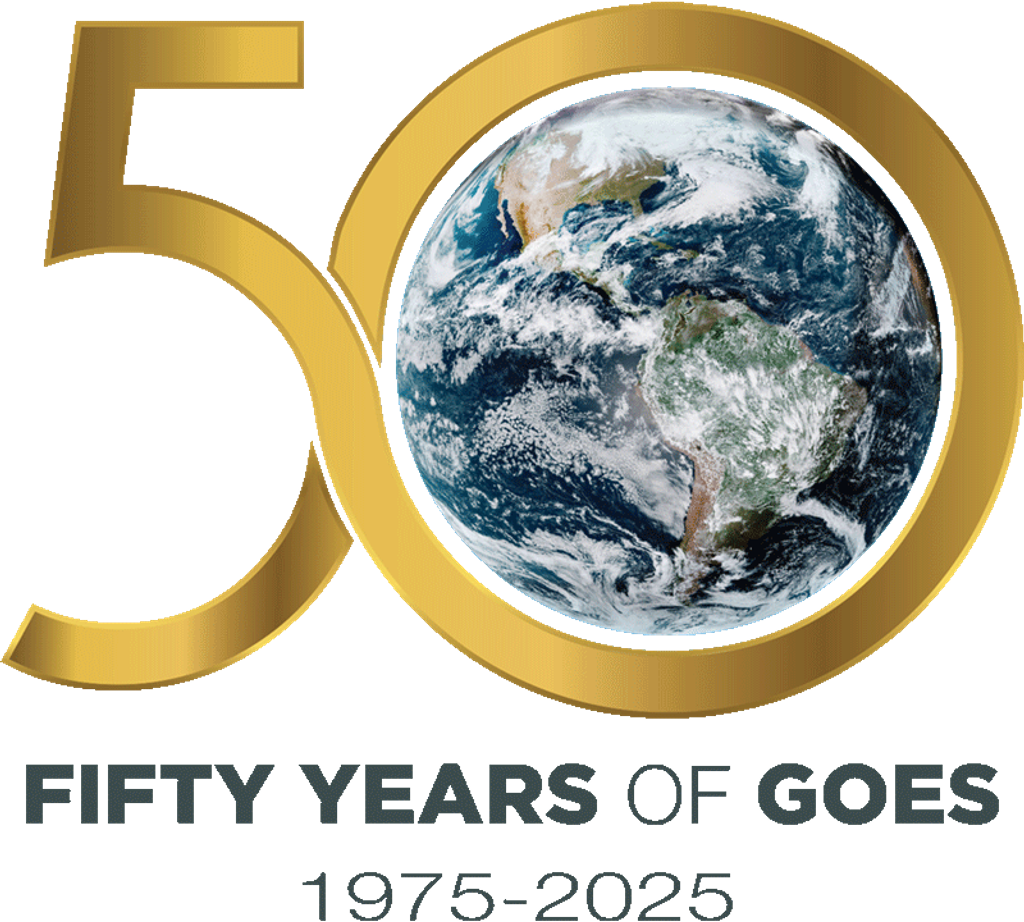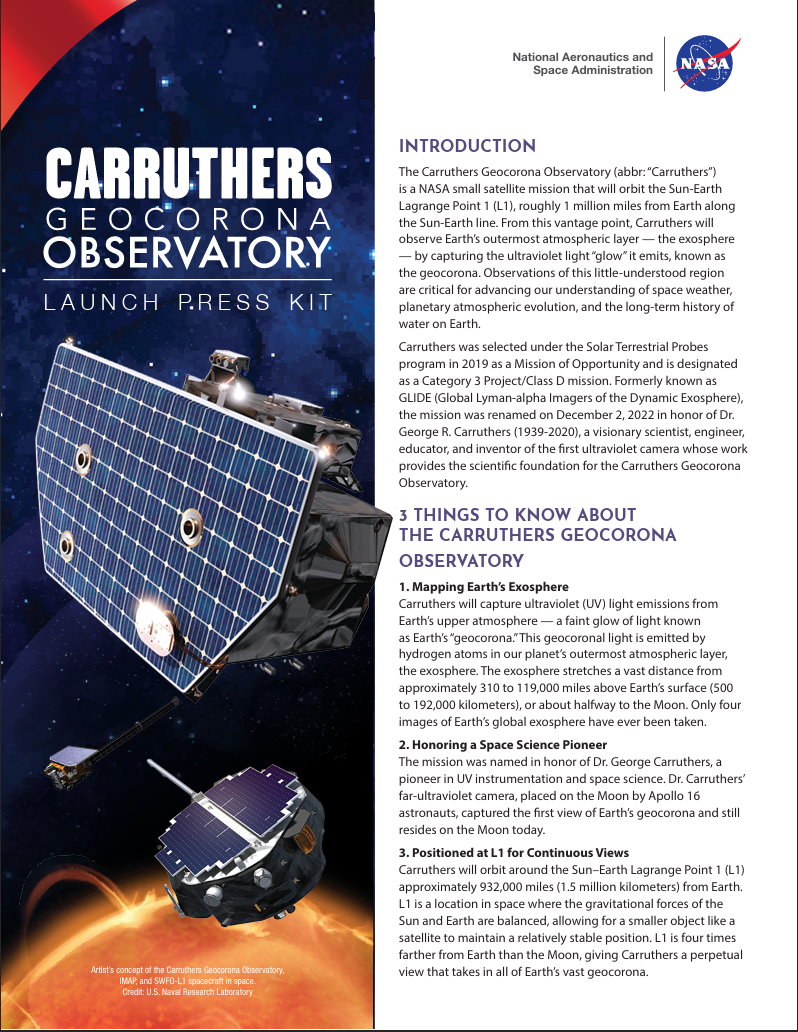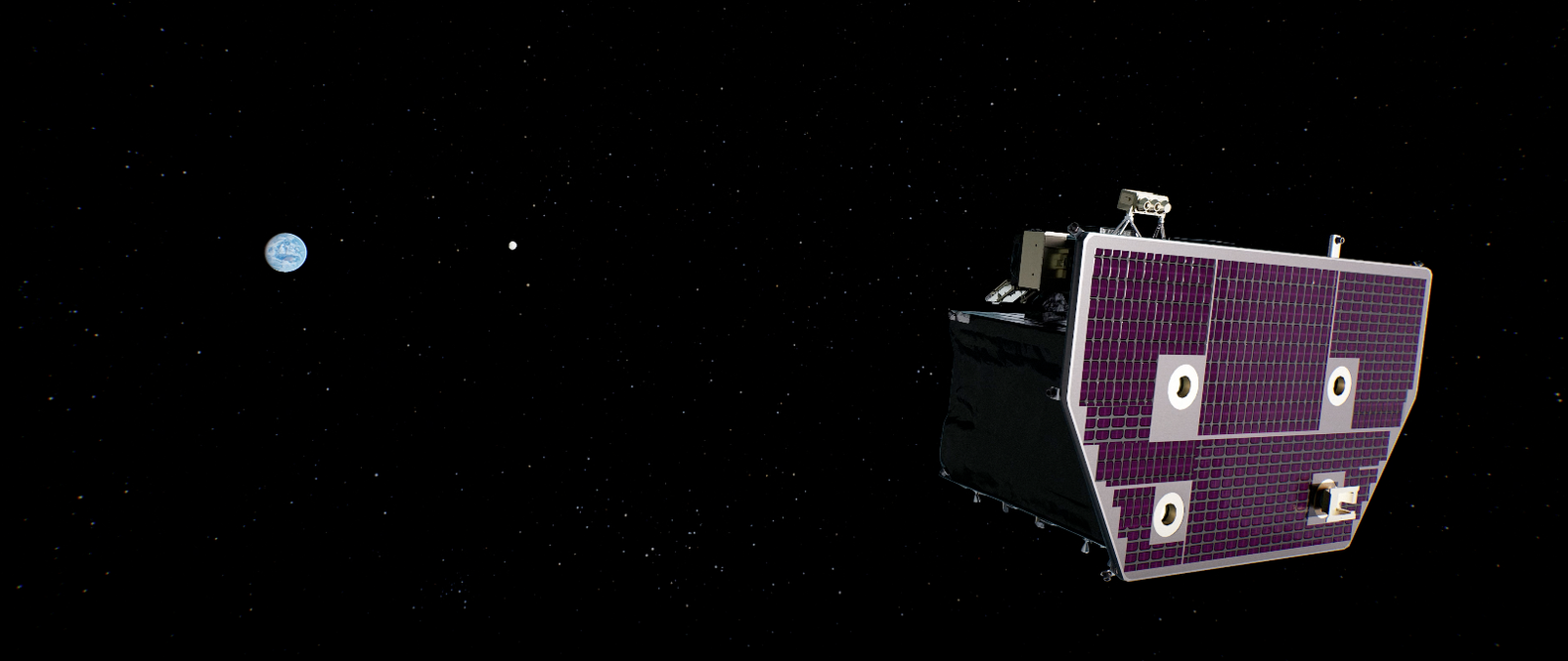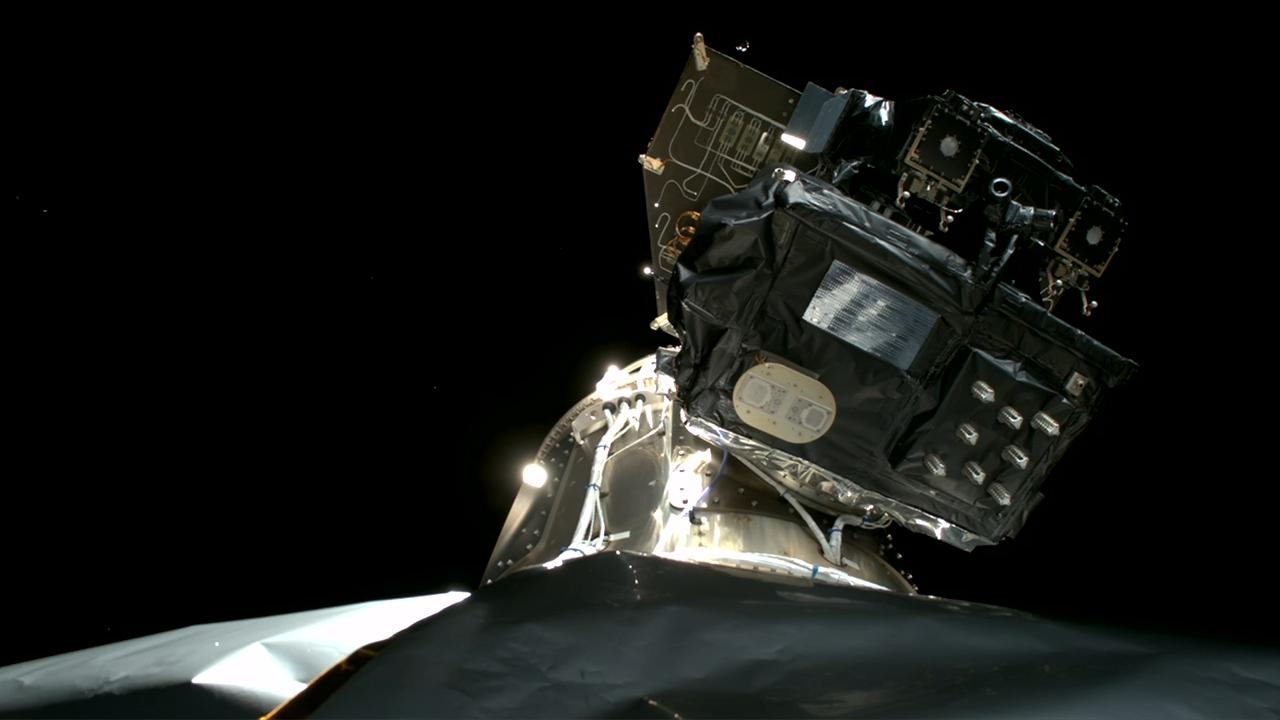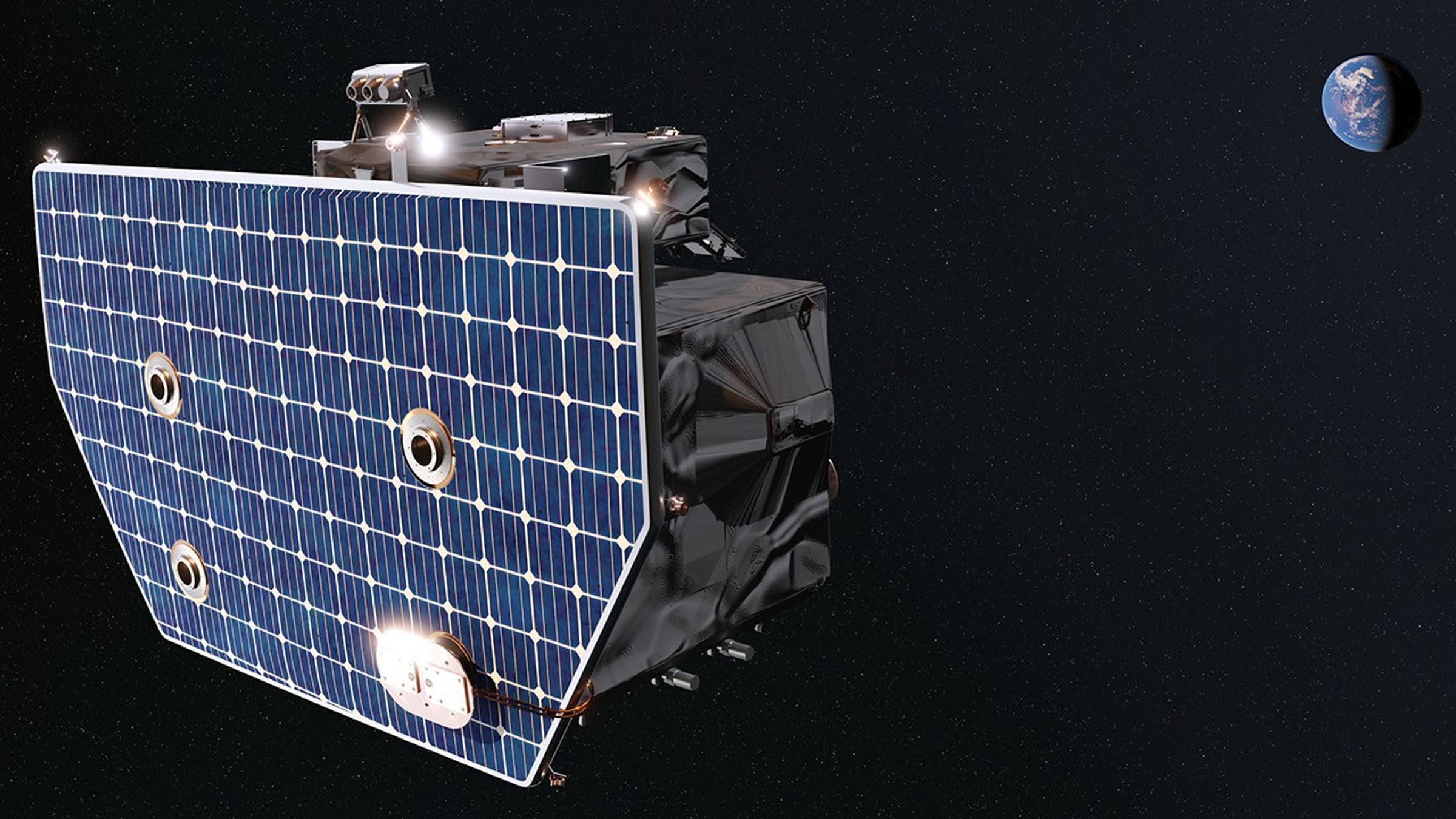Carruthers Geocorona Observatory
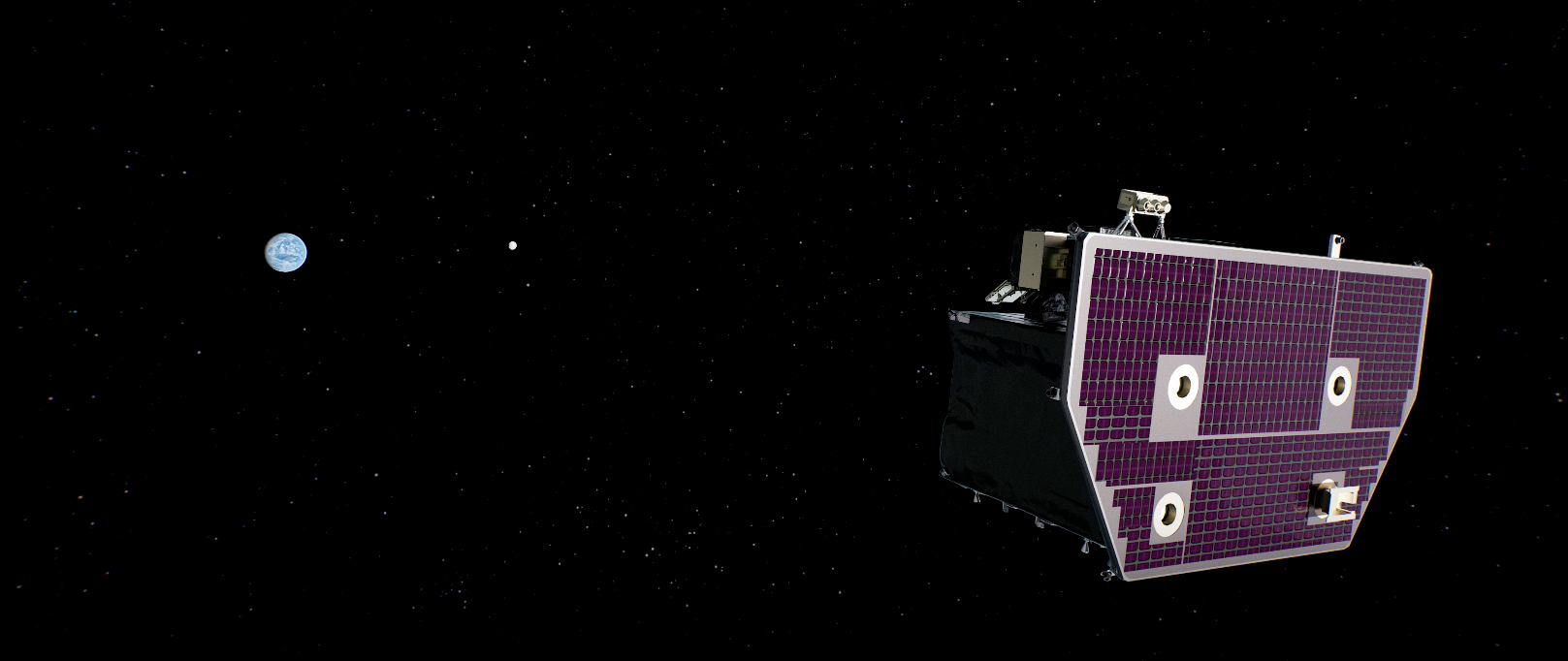
NASA Mission to Study Giant ‘Halo’ Surrounding Earth
A new NASA mission bearing the name of the telescope’s creator, Dr. George R. Carruthers, will launch into space to build on that legacy. From a vantage point roughly one million miles closer to the Sun than Earth is, the Carruthers Geocorona Observatory will capture the most comprehensive views of the geocorona to date.
Video Credit: NASA's Goddard Space Flight Center/Beth Anthony, Lacey Young
Overview
The Carruthers Geocorona Observatory, or Carruthers mission will study Earth’s exosphere, the outermost layer of Earth’s atmosphere. It will be the first mission dedicated to charting changes in this expansive region we know little about. The mission seeks to answer basic questions about the nature of Earth’s exosphere, such as its shape, size, and density, and what causes these aspects to change over time.
The exosphere is a transitional region from Earth’s environment to the space environment and is difficult to observe from the surface of our planet. The exosphere plays an important role in Earth’s response to space weather, the changing conditions in space driven primarily by the Sun. Space weather can impact our technology, from satellites in orbit to communication signals in the upper atmosphere to power grids on the ground. The Carruthers Geocorona Observatory will help us better understand the fundamental physics of our atmosphere and improve our ability to predict the impacts of the Sun’s activity.
The mission was officially renamed the Carruthers Geocorona Observatory on Dec. 2, 2022, in honor of Dr. George R. Carruthers, a visionary scientist, inventor, engineer, and educator.
The first image of Earth’s exosphere came from a telescope placed on the Moon during the Apollo 16 mission in 1972. The gold-plated telescope, designed and built by George Carruthers, was sensitive to ultraviolet light that was absorbed and re-emitted by neutral particles of hydrogen in the exosphere. Scientists call this ultraviolet emission the geocorona, which is Latin for “Earth’s Crown.”
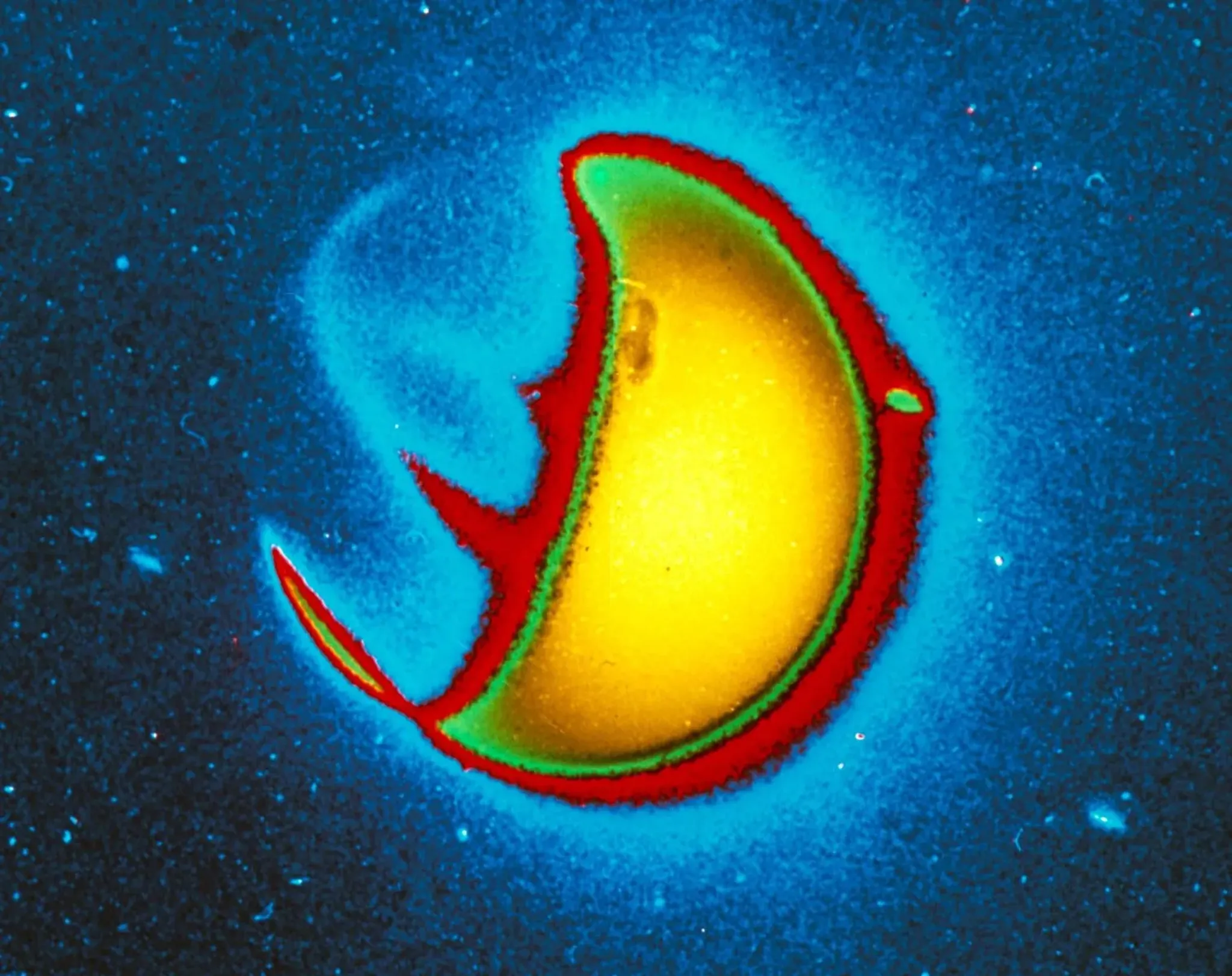
Science Goals and Objectives
The Carruthers mission has clearly defined science objectives aimed at unraveling the mysteries of the exosphere:
- To map the geocorona's space weather response. The geocorona is Earth’s frontline defense against the solar wind. The Carruthers mission will provide a constant, global view to track how this boundary changes. This continuous view will reveal how solar storms and other space weather events change the shape of our atmosphere's outer edge.
- To untangle the sources of the geocorona. The hydrogen in the geocorona comes from water vapor in the lower atmosphere, but the processes that transport it to such extreme altitudes are poorly understood. By tracking the geocorona’s structure and behavior in detail, the Carruthers mission will help scientists understand these fundamental atmospheric dynamics, providing crucial data for improving our models of space weather and its potential impacts on satellites and astronauts.
| Nation | United States of America (USA) |
| Location | Sun–Earth L1 Lagrange Point |
| Spacecraft | Carruthers Geocorona Observatory |
| Spacecraft Mass | 240 kilograms (531 pounds) |
| Mission Design and Management | NASA / Goddard Space Flight Center |
| Launch Vehicle | Falcon 9 |
| Launch Date and Time | NET 7:30 a.m. EDT, Sept. 24, 2025 |
| Launch Site | NASA’s Kennedy Space Center, Launch Complex 39A (LC-39A) |
| Mission Length | Two years |
| Scientific Instruments | GeoCoronal Imager (primary instrument) Narrow Field Imager Wide Field Imager |
What is the Carruthers Geocorona Observatory?
The Carruthers mission will use two far ultraviolet (FUV) cameras to examine different frequency bands of FUV light, which can reveal the details of the exosphere’s behavior, such as its shape, size, and density.
The Carruthers Geocorona Observatory will survey the exosphere from Lagrange point 1, commonly referred to as L1.
L1, about 932,000 miles (1.5 million kilometers) from Earth, is a point in space where the gravitational pull of Earth and the Sun is equal and opposite, which means the Carruthers Geocorona Observatory will remain in a stable orbital position while it conducts its science mission.
What Is the Exosphere?
The exosphere extends from an altitude of about 375 miles above Earth’s surface to the edge of space, which is about 6,200 miles above Earth’s surface.
The exosphere is composed mainly of hydrogen and helium gas along with traces of other elements like oxygen and nitrogen. It is also the region where many spacecraft orbit Earth, and it plays a critical role in protecting the planet from solar wind and other harmful radiation from space.
The air is extremely thin in the exosphere, where gas molecules and atoms are widely spaced apart. At this altitude, Earth’s gravity is very weak, and the molecules and atoms gradually fade into outer space.
What Is the Geocorona?
The fuzzy "halo" of light around Earth.
Atomic hydrogen atoms float in Earth’s exosphere. As the lightest chemical in existence, atomic hydrogen in the exosphere tends to float away, or evaporate, off the top of Earth’s atmosphere and escape into space, and the exosphere gradually blends into the cold vacuum of space. When the Sun shines on these atoms in the exosphere, they scatter that light in all directions, causing a glow around Earth. This fuzzy halo of light is called the geocorona.
Why Carruthers Matters
The Earth's exosphere is our planet's outermost atmospheric layer, a critical boundary between Earth and the vastness of space. Understanding this region is vital for several key reasons:
- Protecting Our Planet from Space Weather: Processes within the exosphere significantly influence geomagnetic storms, which are disturbances to Earth’s magnetic field caused by eruptions and outflow from the Sun. These storms can disrupt satellite communications, power grids, and even pose risks to astronauts. Carruthers will provide crucial insights into how these storms develop, propagate, and dissipate, helping us better predict and prepare for them in the future.
- Understanding Earth's Water History: The exosphere, as the boundary between the atmosphere and the vacuum of space, is where planets can lose mass, particularly through the escape of hydrogen atoms. This process is directly linked to the permanent loss of surface water over geological timescales, a phenomenon observed on planets like Mars. By studying this escape, Carruthers helps us understand the long-term evolution of planetary habitability, revealing mechanisms for how planetary atmospheres change over time and how those changes can affect conditions for life.
- Filling a Critical Knowledge Gap: Despite its importance, our current understanding of the exosphere is limited. Comprehensive, wide-field images of this region are extremely rare: only four such images have ever been taken. Carruthers is designed to fill this critical knowledge gap by delivering unprecedented, continuous, high-cadence, and high-resolution imaging of the global exosphere.
- Pioneering New Observations: In orbit around L1, Carruthers will offer an unobstructed, continuous view of the entire geocorona. Its orbit around L1 gives Carruthers a constantly changing viewing angle of the exosphere, allowing scientists to reconstruct its 3D structure. This mission is set to make history as the first SmallSat to operate at L1 and the first to provide continuous exospheric observations from this unique vantage point.
By providing these advanced measurements of exospheric properties, Carruthers will significantly advance the understanding of space weather phenomena to better protect humans, technological infrastructure, and space assets.















